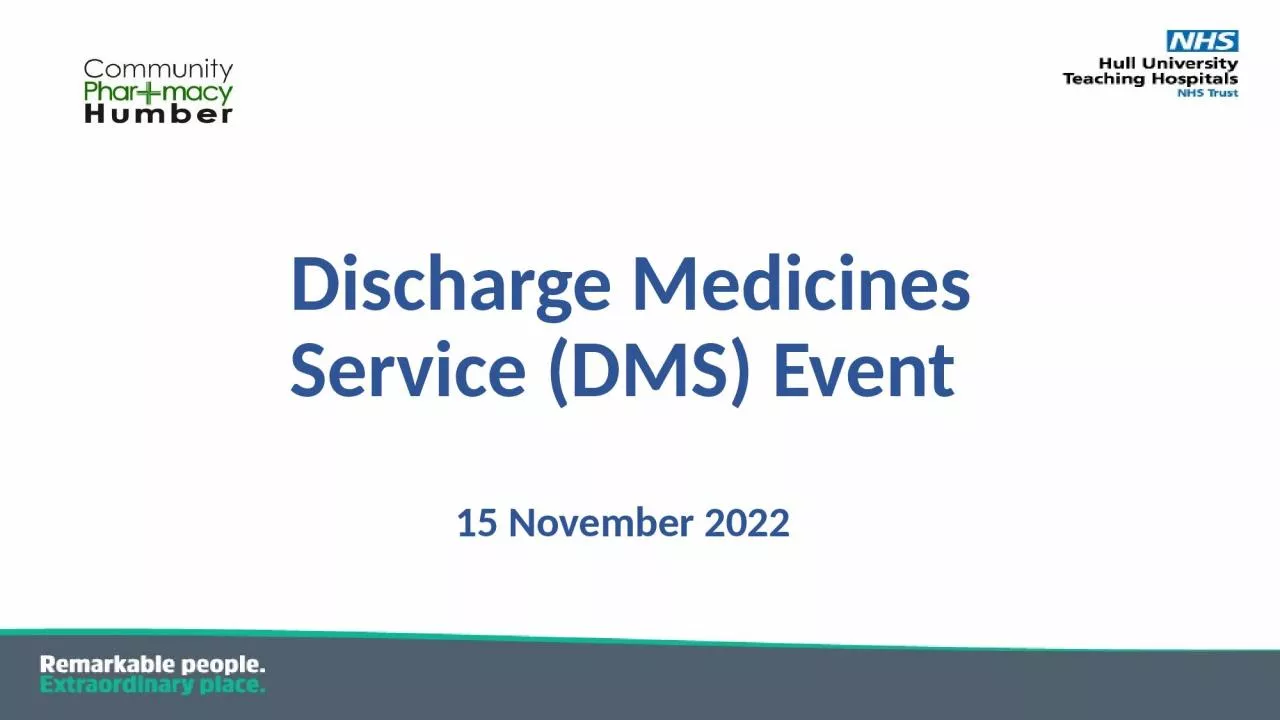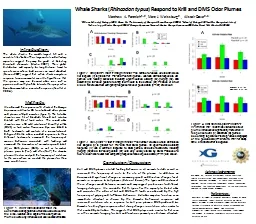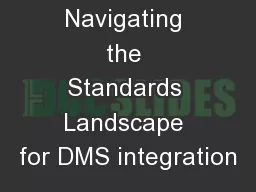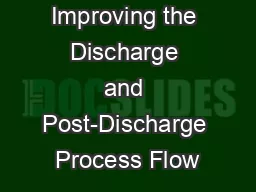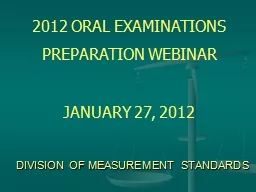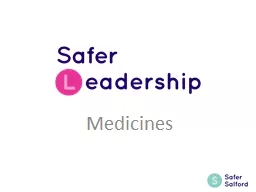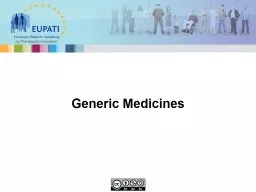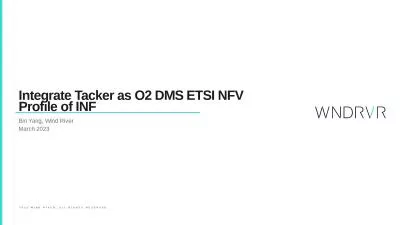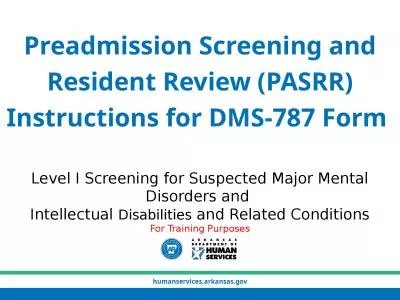PPT-Discharge Medicines Service (DMS) Event
Author : ceila | Published Date : 2024-02-09
15 November 2022 Agenda 700pm Introduction background and aims 710pm Hospital process and actions 720pm Community Pharmacy DMS Stages 1 2 3 and the use of PharmOutcomes
Presentation Embed Code
Download Presentation
Download Presentation The PPT/PDF document "Discharge Medicines Service (DMS) Event" is the property of its rightful owner. Permission is granted to download and print the materials on this website for personal, non-commercial use only, and to display it on your personal computer provided you do not modify the materials and that you retain all copyright notices contained in the materials. By downloading content from our website, you accept the terms of this agreement.
Discharge Medicines Service (DMS) Event: Transcript
Download Rules Of Document
"Discharge Medicines Service (DMS) Event"The content belongs to its owner. You may download and print it for personal use, without modification, and keep all copyright notices. By downloading, you agree to these terms.
Related Documents

